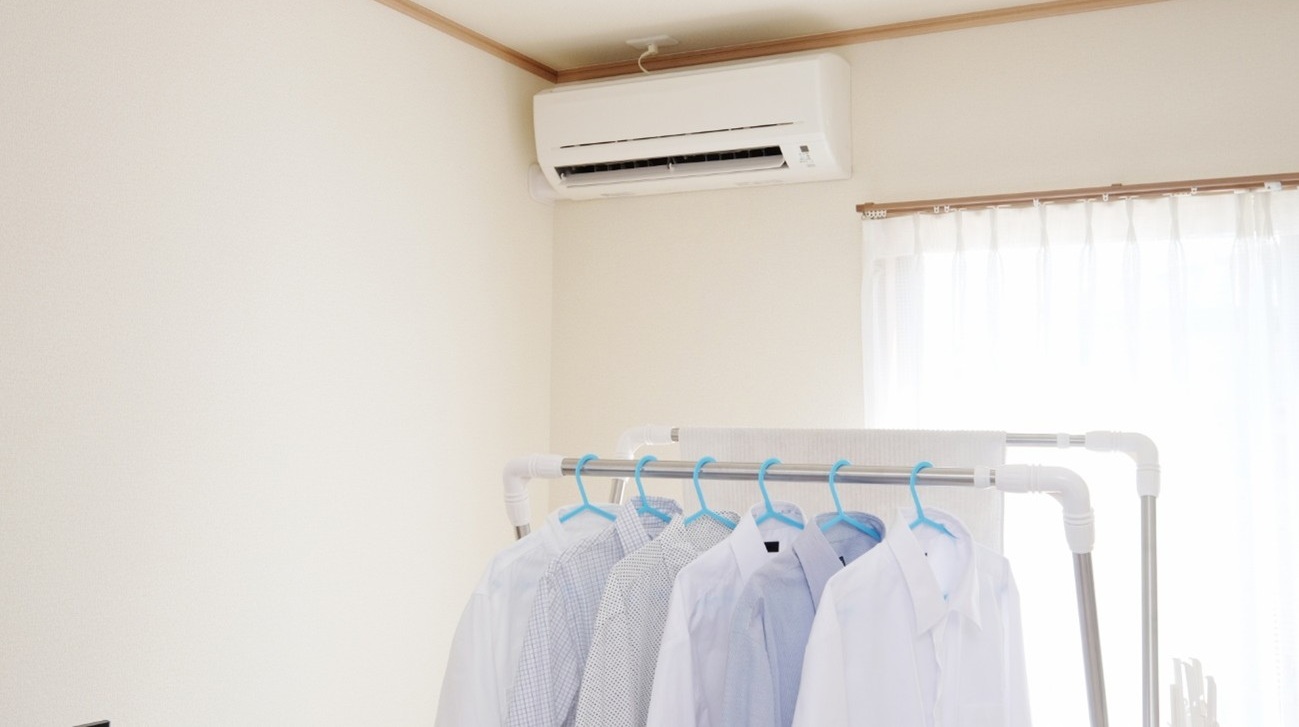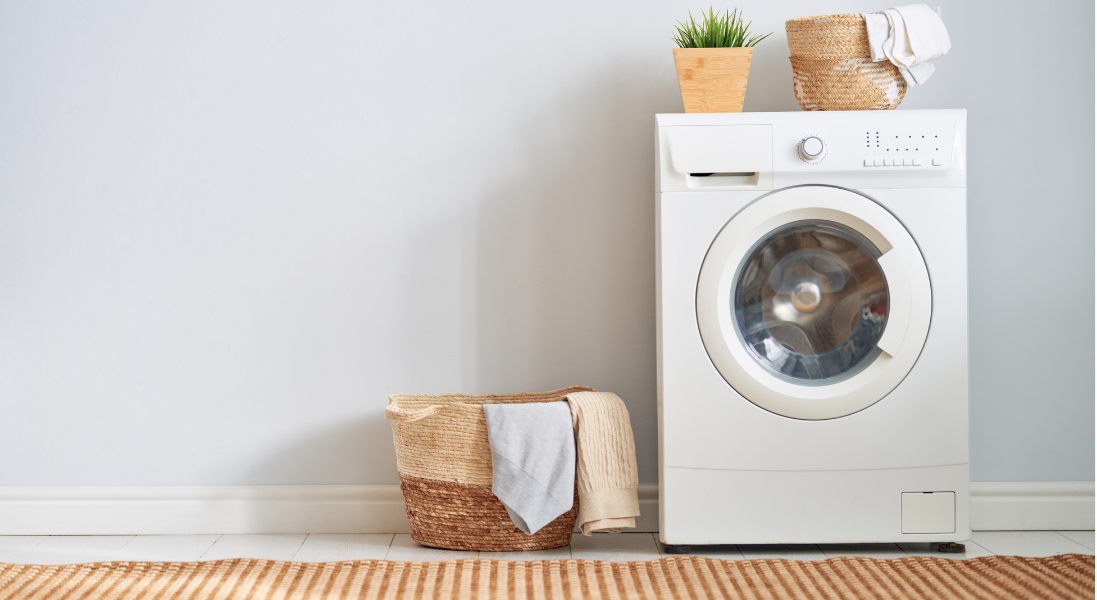Free word search
Category
Humidity Control Tips for the Rainy Season – Keep Your Home Comfortable and Mold-Free
2025.07.31
.png)
Japan’s rainy season not only brings discomfort but also creates ideal conditions for mold growth. Mold can trigger allergic reactions such as bronchial asthma and rhinitis, posing serious health risks. Taking proactive steps to manage humidity is essential to maintain a healthy and comfortable living environment.
How to Use Dehumidifiers and Circulators Effectively
To combat high humidity during the rainy season, we recommend using both a dehumidifier and a circulator together.
Dehumidifiers remove excess moisture from the air, helping reduce stuffiness and prevent condensation, which is a leading cause of mold. Circulators are used to promote air circulation throughout a room. They enhance the efficiency of air conditioning and help balance uneven temperatures and humidity.
While a circulator alone may not significantly lower humidity, it helps spread dry air quickly when used in combination with a dehumidifier. This combination is particularly effective for improving overall air quality and reducing moisture.
Ventilation Tips to Prevent Condensation and Mold
Ventilation is also crucial during the rainy season. Everyday activities like cooking, laundry, bathing, and using the restroom generate moisture. Without proper airflow, this moisture stagnates, leading to condensation.
According to Japan’s Ministry of Health, Labour and Welfare, it’s recommended to ventilate your home at least twice a day for five minutes each time.
In airtight modern homes, make use of 24-hour ventilation systems and open windows regularly to release indoor humidity. For best results, open two windows at once to create an effective airflow path that allows fresh air in and moist air out.

How to Dry Laundry Efficiently During the Rainy Season
Indoor drying becomes more common in rainy months, but it can raise humidity levels and promote condensation. Here are some effective methods for quick and hygienic laundry drying indoors:
・Use a Dehumidifier
Dehumidifiers are great for removing moisture from the air. Models with built-in fans are especially helpful for laundry, as they blow dry air directly onto clothes, speeding up drying time.
・Use a Circulator
Placing a circulator near your laundry promotes airflow and helps clothes dry faster. For best results, use it alongside a dehumidifier.
・Use Your Air Conditioner’s Dry Mode
The dehumidifying function of your air conditioner lowers indoor humidity, allowing clothes to dry faster by encouraging evaporation of moisture.
・Use an Iron
If laundry is still damp, you can use the heat of an iron to finish drying. The heat also helps kill bacteria and can reduce unpleasant odors caused by dampness.

・Use a Washer-Dryer Combo
A washer-dryer machine is especially useful in humid seasons. It dries clothes with hot air, helping to eliminate bacteria that cause odors. Although it consumes more electricity, it saves time and effort.
・Use a Bathroom Dryer
If your home has a bathroom dryer, you can dry laundry indoors even on rainy days. This method is quick, reduces bacteria growth, and eliminates worries about pollen or outside odors. It also frees you from worrying about drying times.
Summary
The rainy season calls for extra attention to humidity control. Use appliances like dehumidifiers and circulators to maintain a healthy moisture balance and prevent mold growth.
At our real estate office in Suginami Ward, we offer a selection of rental properties equipped with popular features such as bathroom dryers—perfect for tackling laundry during the rainy season. If you’re interested in properties with this feature, feel free to let our staff know!

(5).png)
.png)